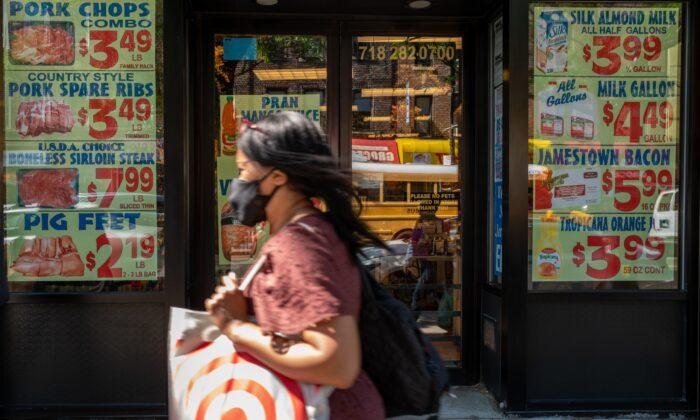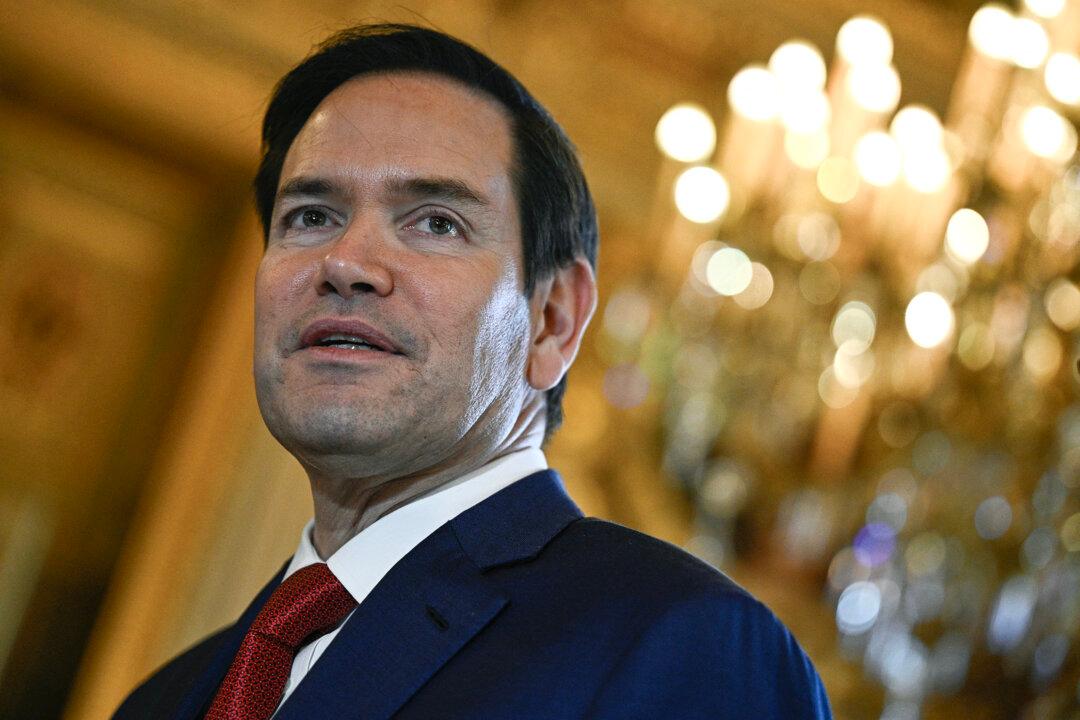A multi-billion-dollar pandemic-era stimulus program meant chiefly to help small businesses keep staff on the payroll and hire back laid off employees was poorly targeted, with only about one-quarter of the money supporting jobs that would otherwise have disappeared, a new Fed report shows.
Lockdowns and a collapse in consumer spending during the first wave of the pandemic drove fears that America’s small business sector was at risk of a collapse.
This prompted lawmakers in Congress to adopt a series of relief measures, including the Paycheck Protection Program (PPP), which directed roughly $800 billion in forgivable loans to small businesses and other organizations hit by the crisis.
At least 75 percent of the PPP funds were intended to maintain payrolls or hire back laid off employees and the remaining share could be earmarked for overhead costs like rent and utilities.
Was This Money Well Spent?
The study, jointly authored by William Emmons, lead economist in the St. Louis Fed’s Supervision Division, and Drew Dahl, an economist at the St. Louis Fed, argues that the PPP program was a “critical but imperfect policy.”While the PPP did save around 3 million jobs at its peak in the second quarter of 2020, the scheme was badly targeted and rather regressive, with a huge portion of the benefits accruing to unintended recipients.
“It was poorly targeted, as almost three-quarters of its benefits went to unintended recipients, including business owners, creditors and suppliers, rather than to workers,” the pair of economists wrote.
“Due to differences in the typical incomes of those varied constituencies, it also ended up being quite regressive compared with other major COVID-19 relief programs, as it benefited high-income households much more,” they added.
The study found that preserving jobs was expensive, estimating that the PPP cost taxpayers around $4 for each $1 of wages and benefits that went to workers in jobs that were saved.
At the same time, $3 out of every $4 that was doled out through the program went to small-business owners, who shared the money with suppliers, banks, and other lenders.
As regards progressivity, which is the idea of a greater share of the benefits going to lower-income households, the PPP scheme compares “unfavorably” with other major pandemic-era stimulus programs, the study found.
‘Using a Fire Hose Rather Than a Fire Extinguisher’
The AEA study reached a similar conclusion to the St. Louis Fed, finding that the PPP’s economic effects were “less than hoped.”“It preserved only a moderate number of jobs at a high cost per job-year retained and transferred resources overwhelmingly to the highest quintile of households,” they wrote.
Still, the AEA study said that these outcomes should not necessarily be seen as failures of the program. The need to get the money out quickly in the face of a lack of administrative infrastructure to finely target distribution of the funds means there was bound to be waste.
The AEA recommends bolstering administrative capacity to better target business support systems and make them more effective in future crises. Specifically, the AEA called for investment in administrative systems for monitoring worker hours and topping up paychecks.
“Lacking such systems, the United States chose to administer emergency aid using a fire hose rather than a fire extinguisher, with the predictable consequence that virtually the entire small business sector was doused with money.”





